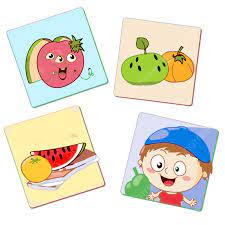1. Define growth in living things. How is it different from non-living things?
- Growth in living things is an increase in size or number of cells due to metabolic activities.
- Non-living things may appear to grow (e.g., crystal growth) but it is not due to internal biological processes.
2. List three characteristics that distinguish living things from non-living things.
- Living things grow and develop.
- They can reproduce to form new individuals.
- They carry out respiration to release energy.
3. Explain the difference between autotrophs and heterotrophs with examples.
- Autotrophs produce their own food using sunlight or chemicals (e.g., green plants).
- Heterotrophs depend on other organisms for food (e.g., animals).
- Autotrophs use processes like photosynthesis to make glucose.
- Heterotrophs may be herbivores, carnivores, or omnivores based on their diet.
4. Describe two ways in which plants move and give examples.
- Plants grow towards light (phototropism).
- Roots grow towards gravity (gravitropism).
5. Explain how different animals breathe, naming the respiratory organ in each.
- Humans use lungs to breathe.
- Fish use gills to extract oxygen from water.
- Insects breathe through spiracles and tracheae.
- Frogs use both lungs and skin for respiration.
6. Name three useful roles and two harmful effects of micro-organisms.
- Useful: Yeast in baking, bacteria in yogurt, micro-organisms in medicine (e.g., antibiotics).
- Useful: Decomposition and nutrient recycling.
- Harmful: Cause diseases like flu and TB.
- Harmful: Cause food spoilage.
7. How does a microscope help in the study of micro-organisms? Give two uses.
- Microscopes help observe tiny organisms not visible to the naked eye.
- Used to study parts of cells and tiny structures like bacteria and fungi.
8. What is a dichotomous key and how is it useful in classifying organisms?
- A dichotomous key is a tool to identify organisms by answering a series of yes/no questions.
- It divides organisms into smaller groups based on physical traits.
- Helps scientists classify and name new species accurately.





.png)


